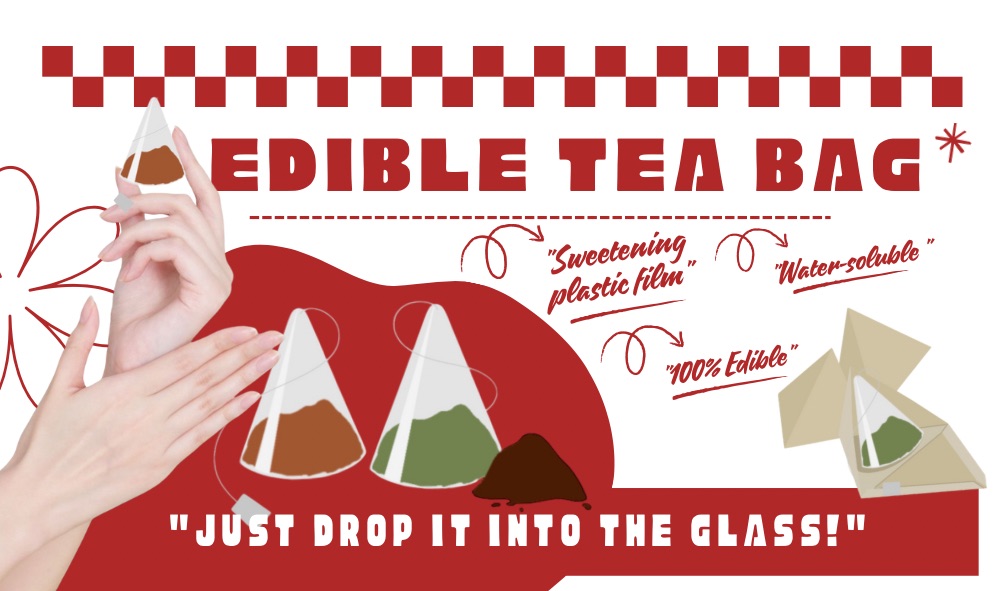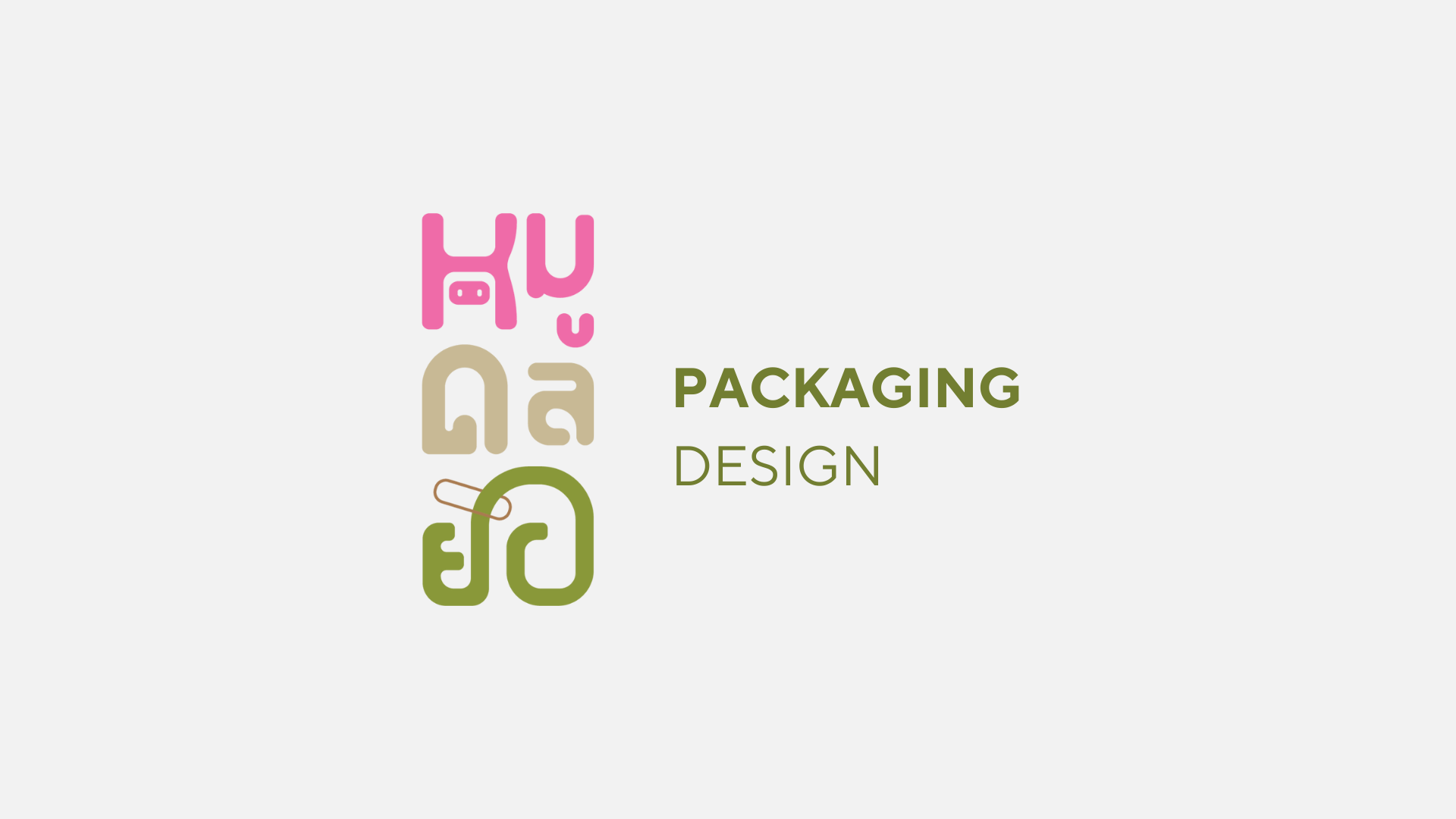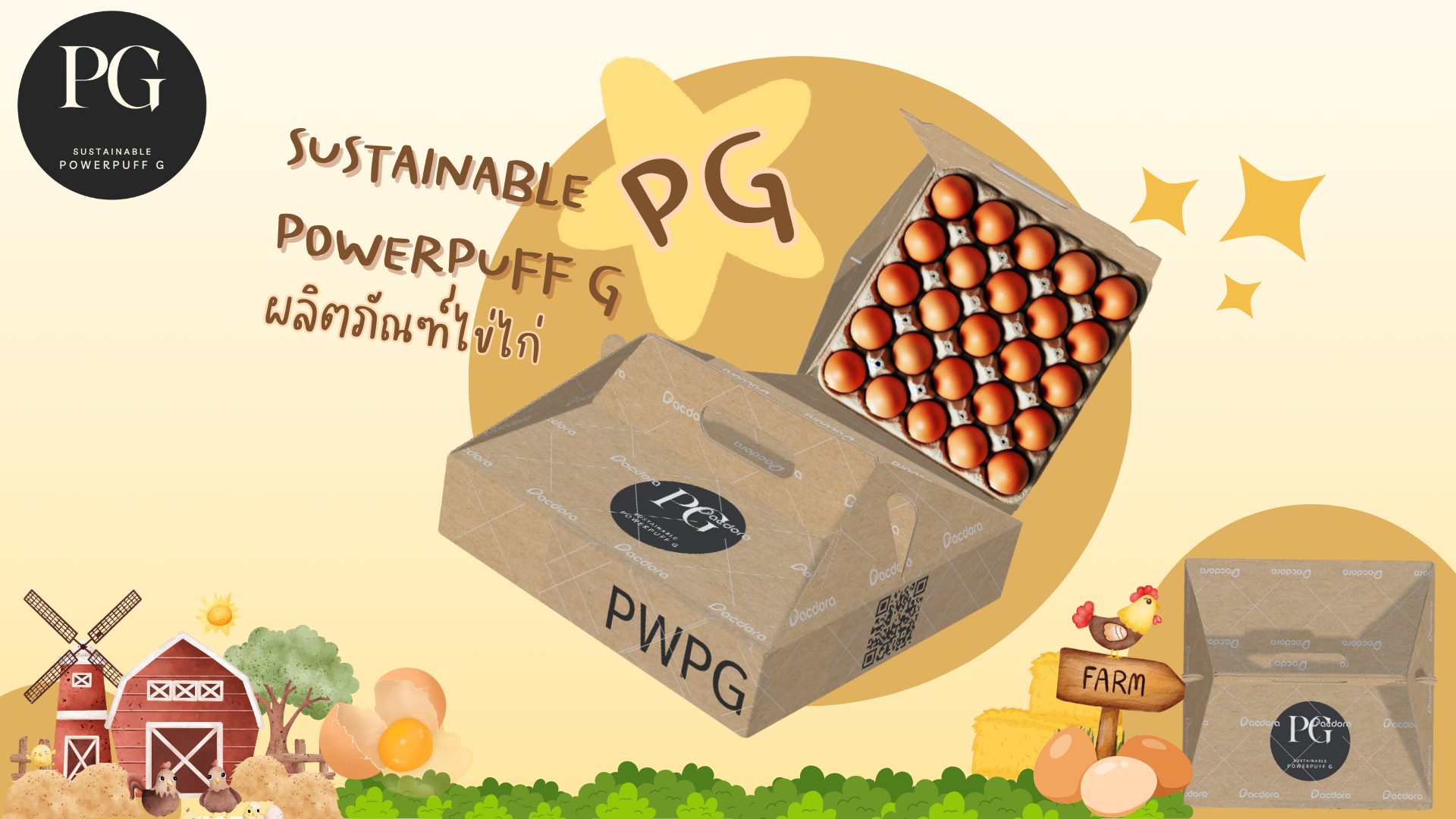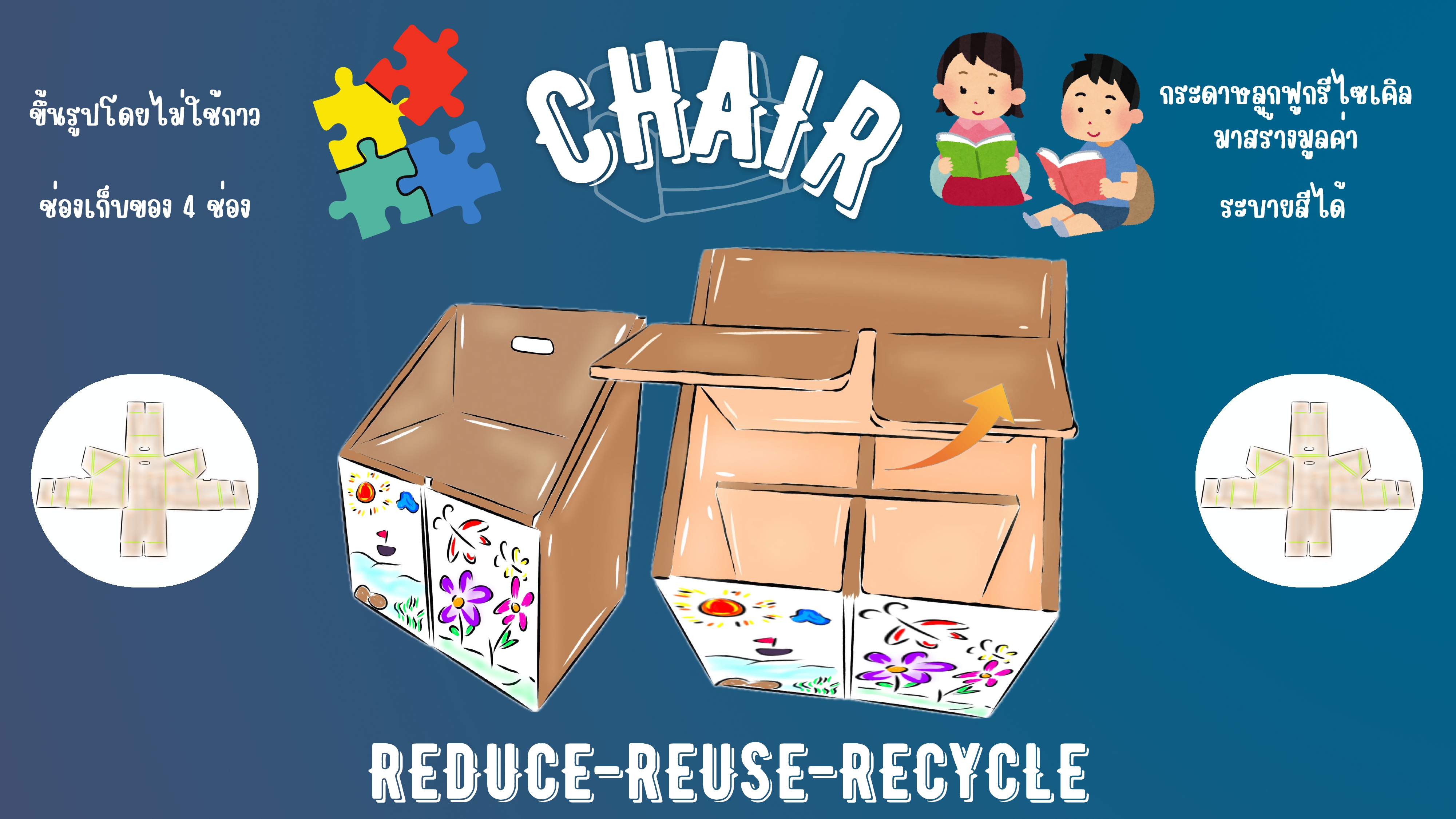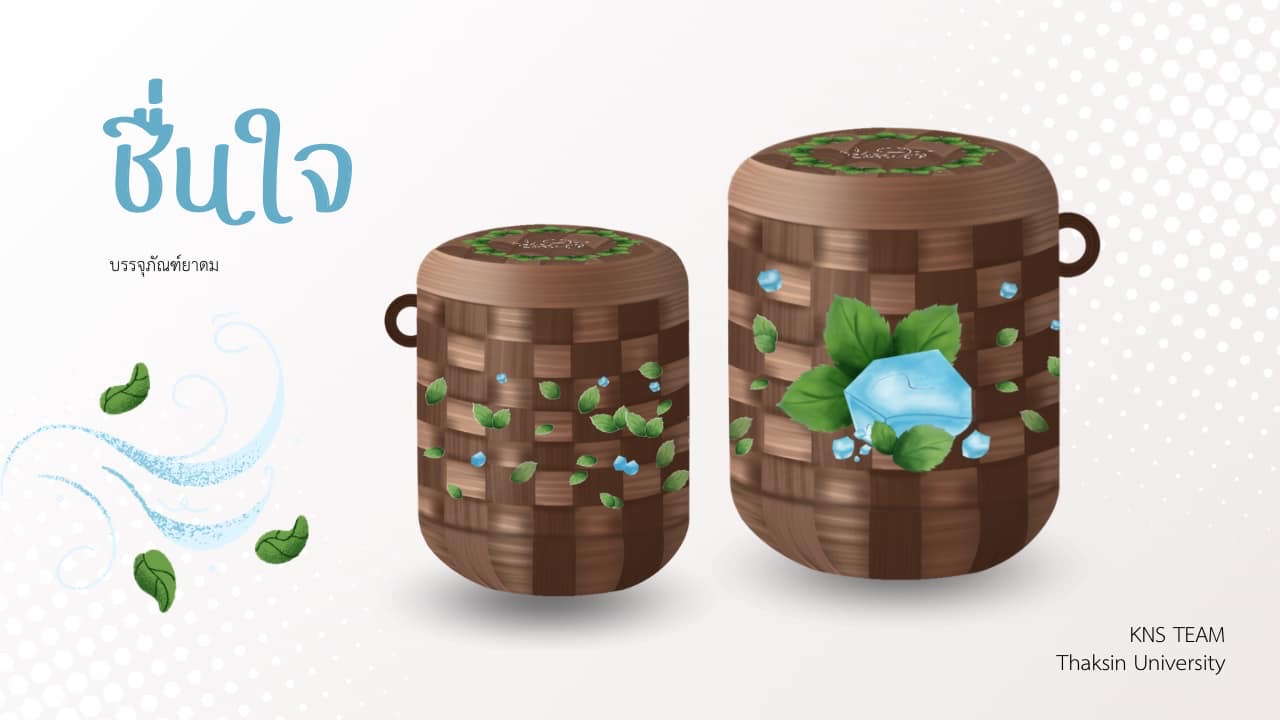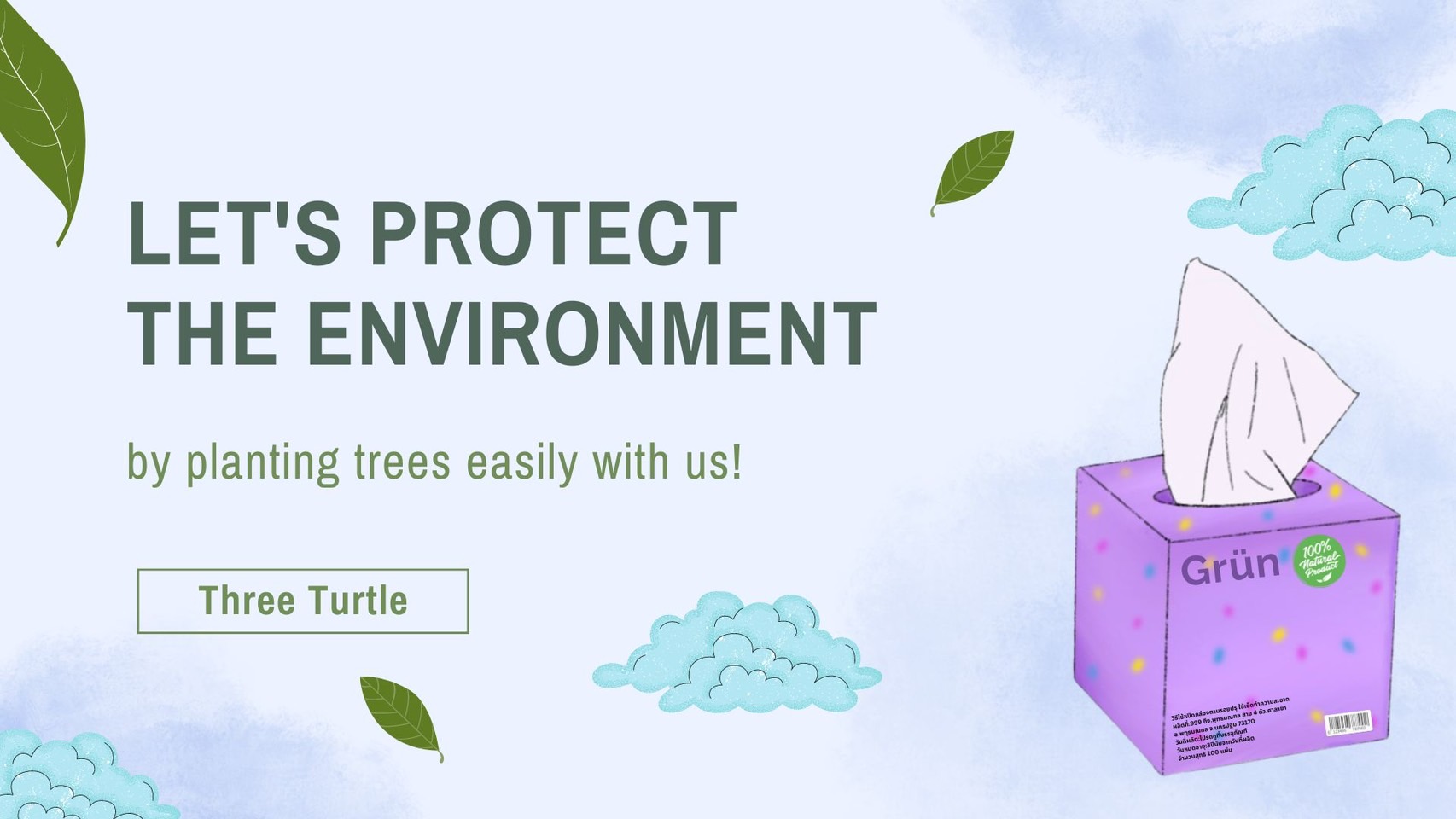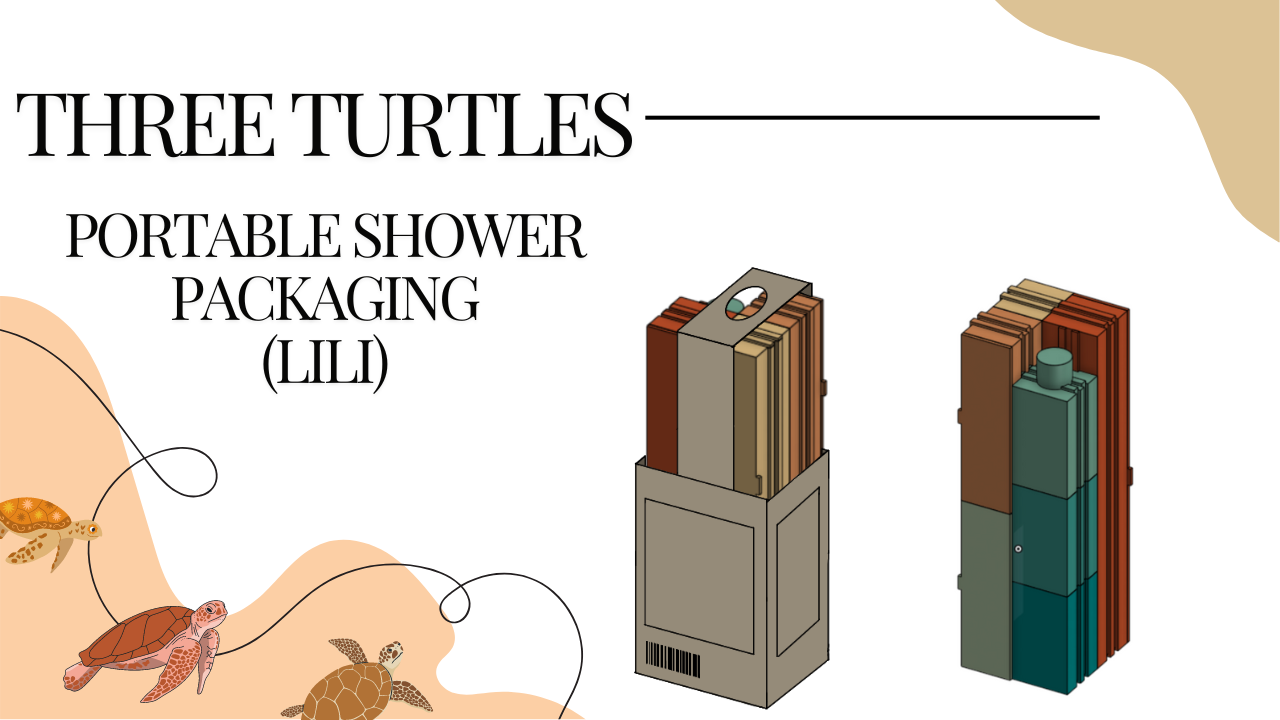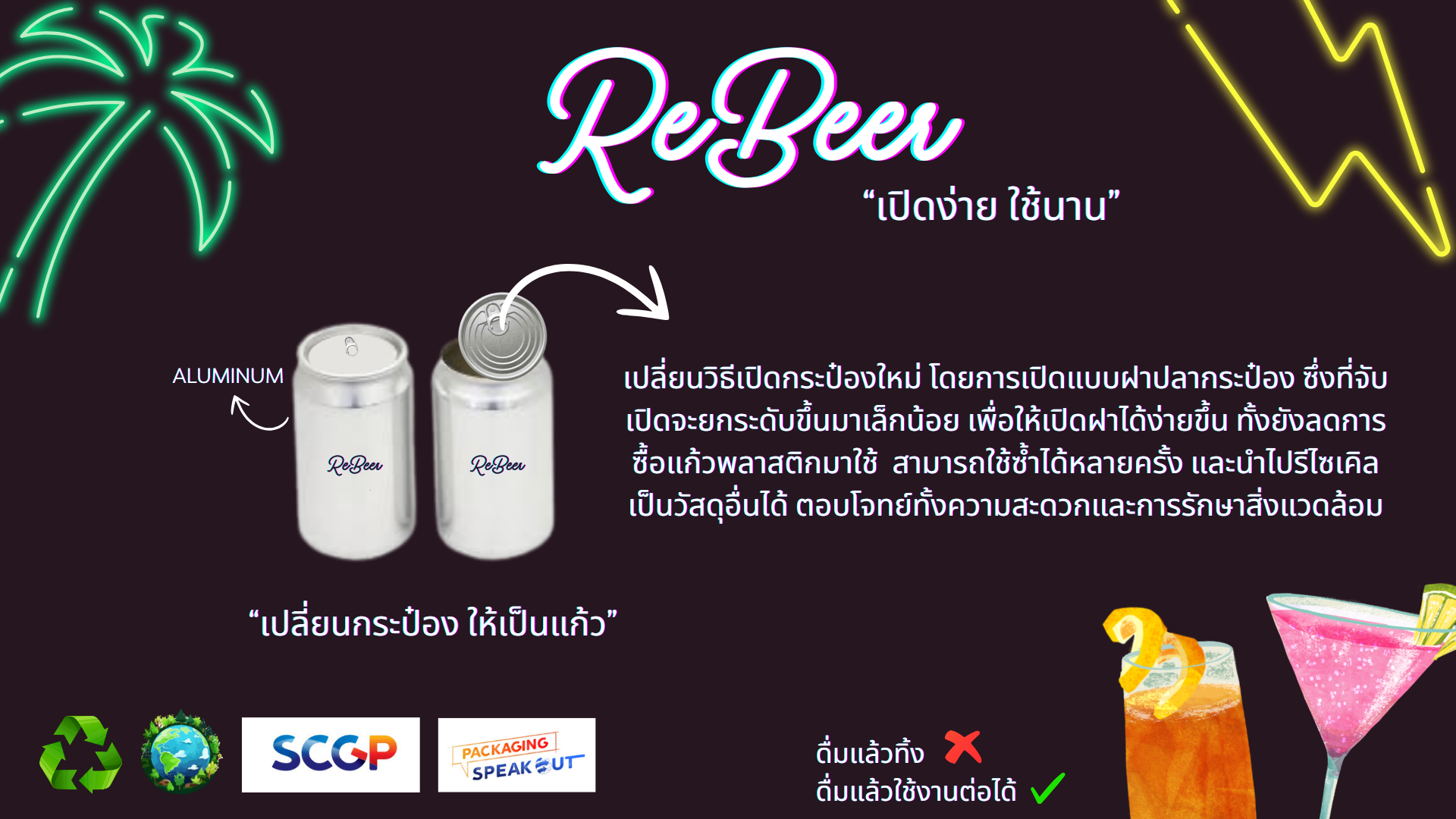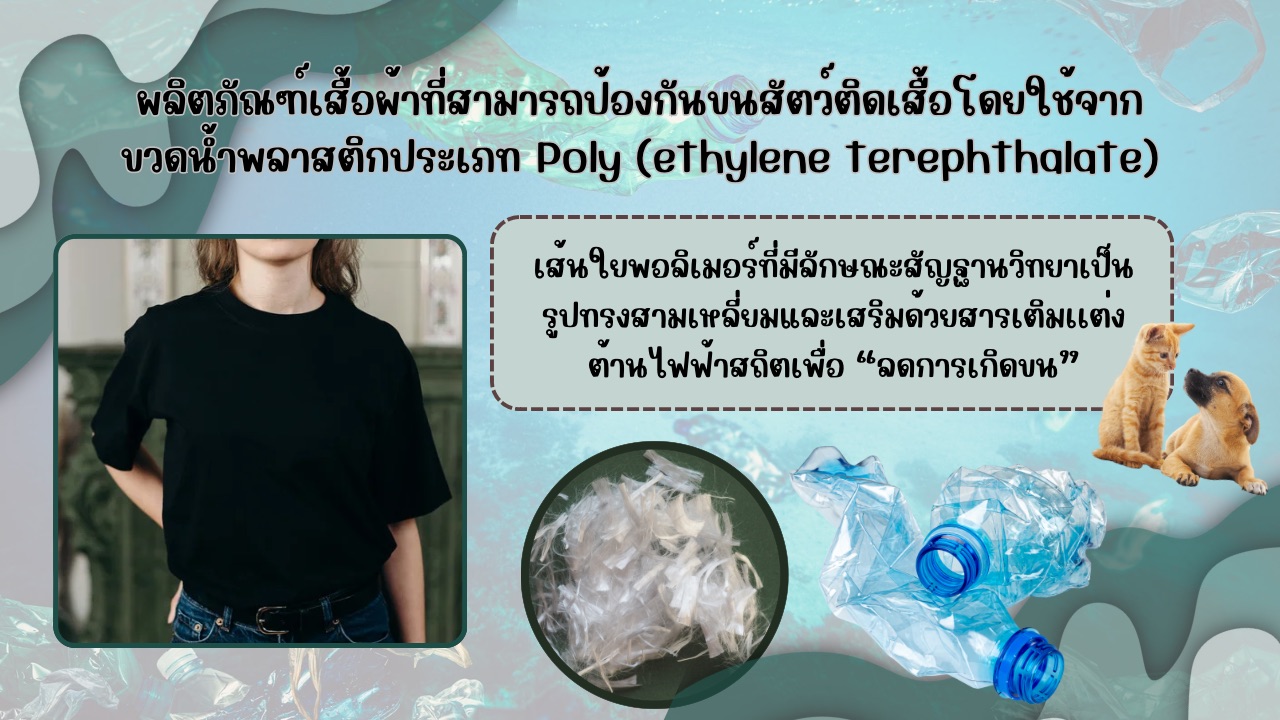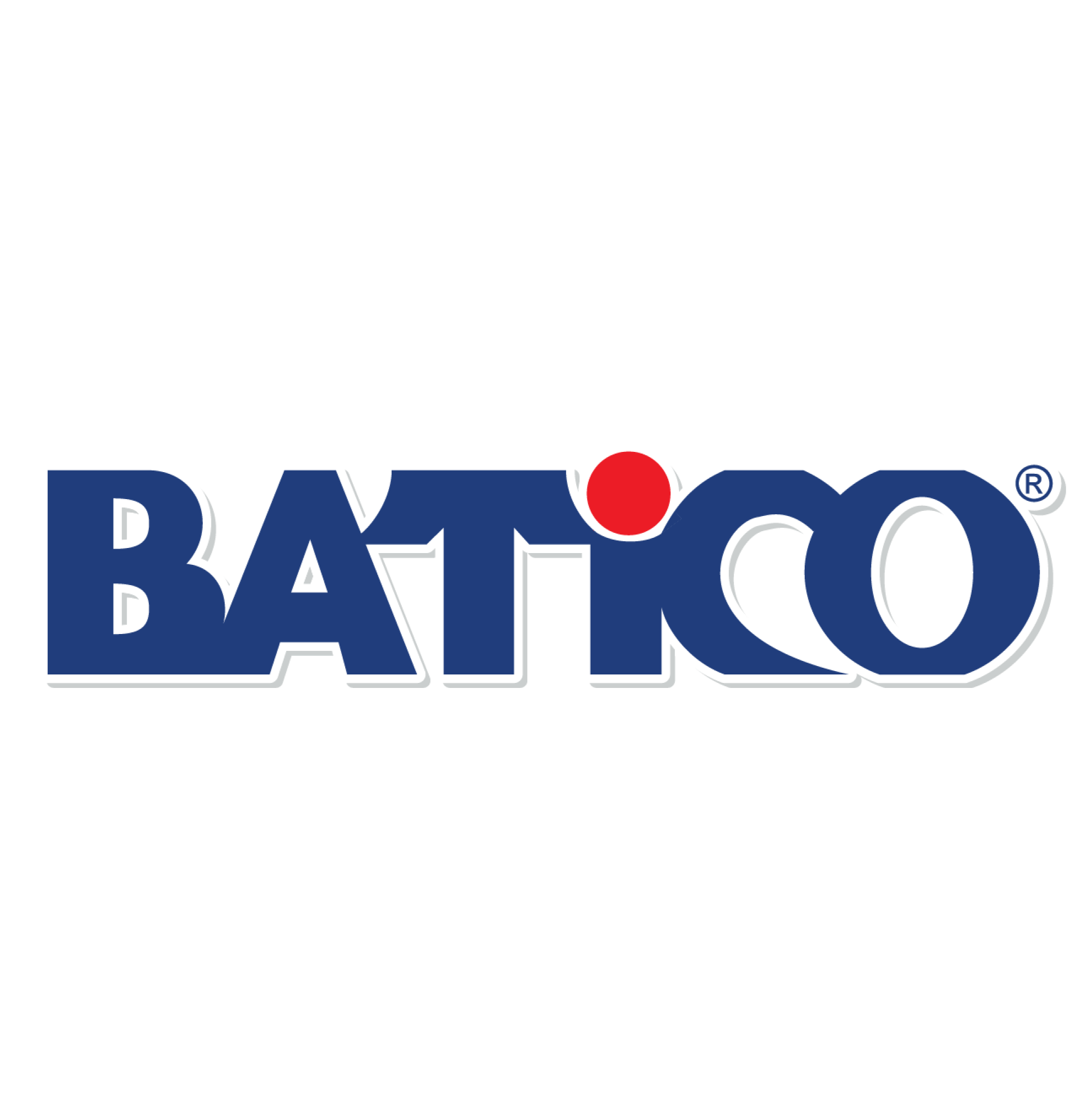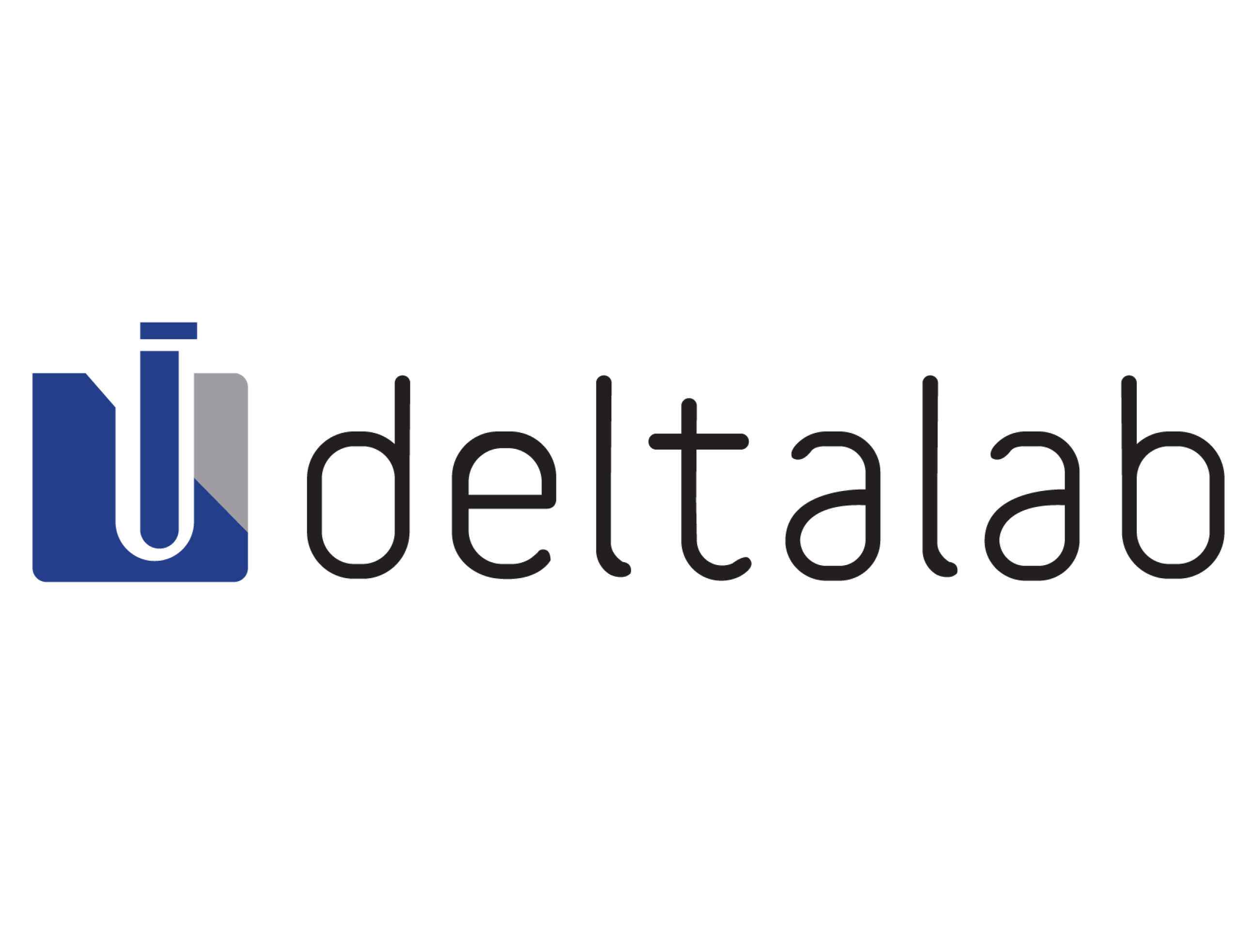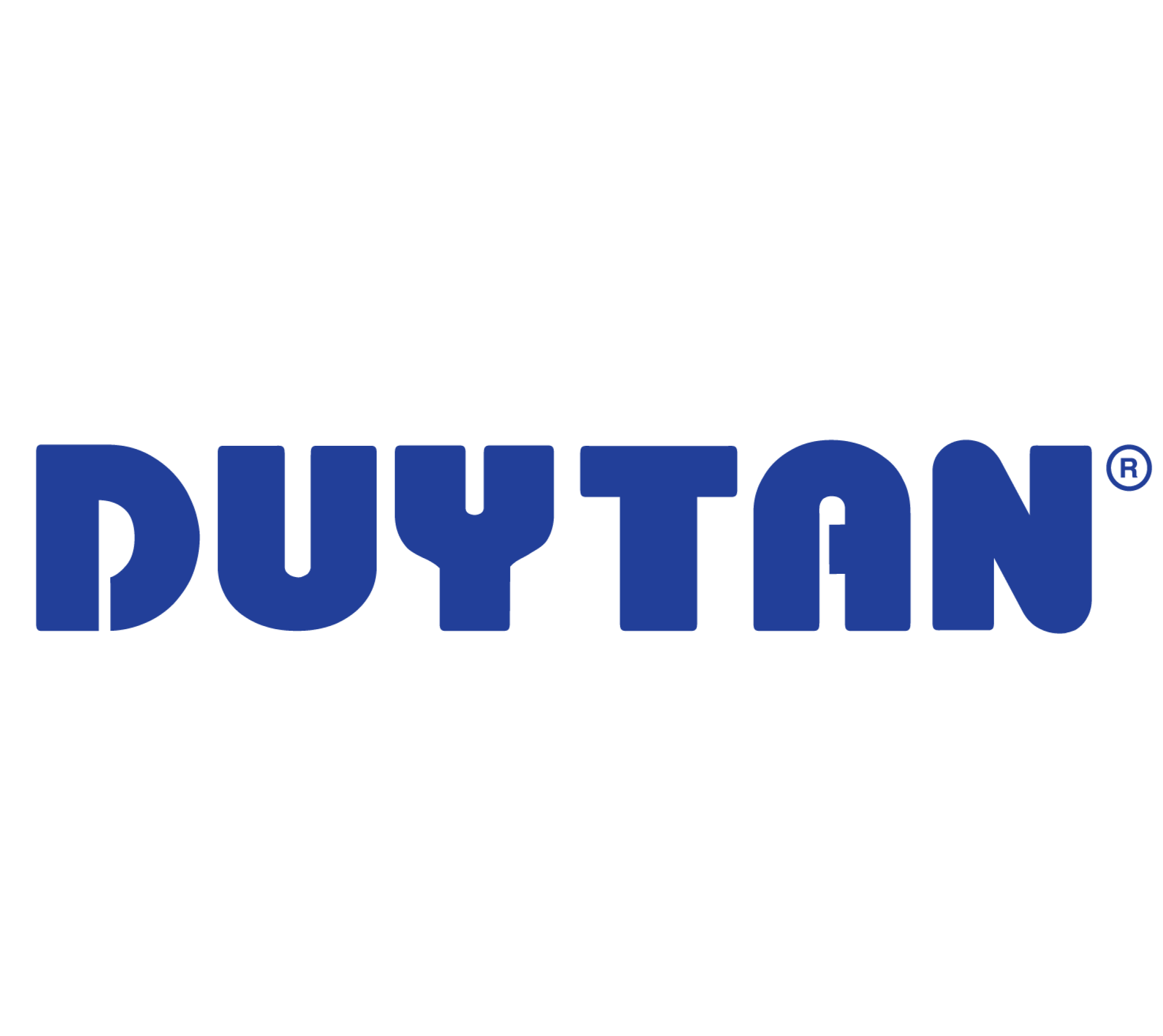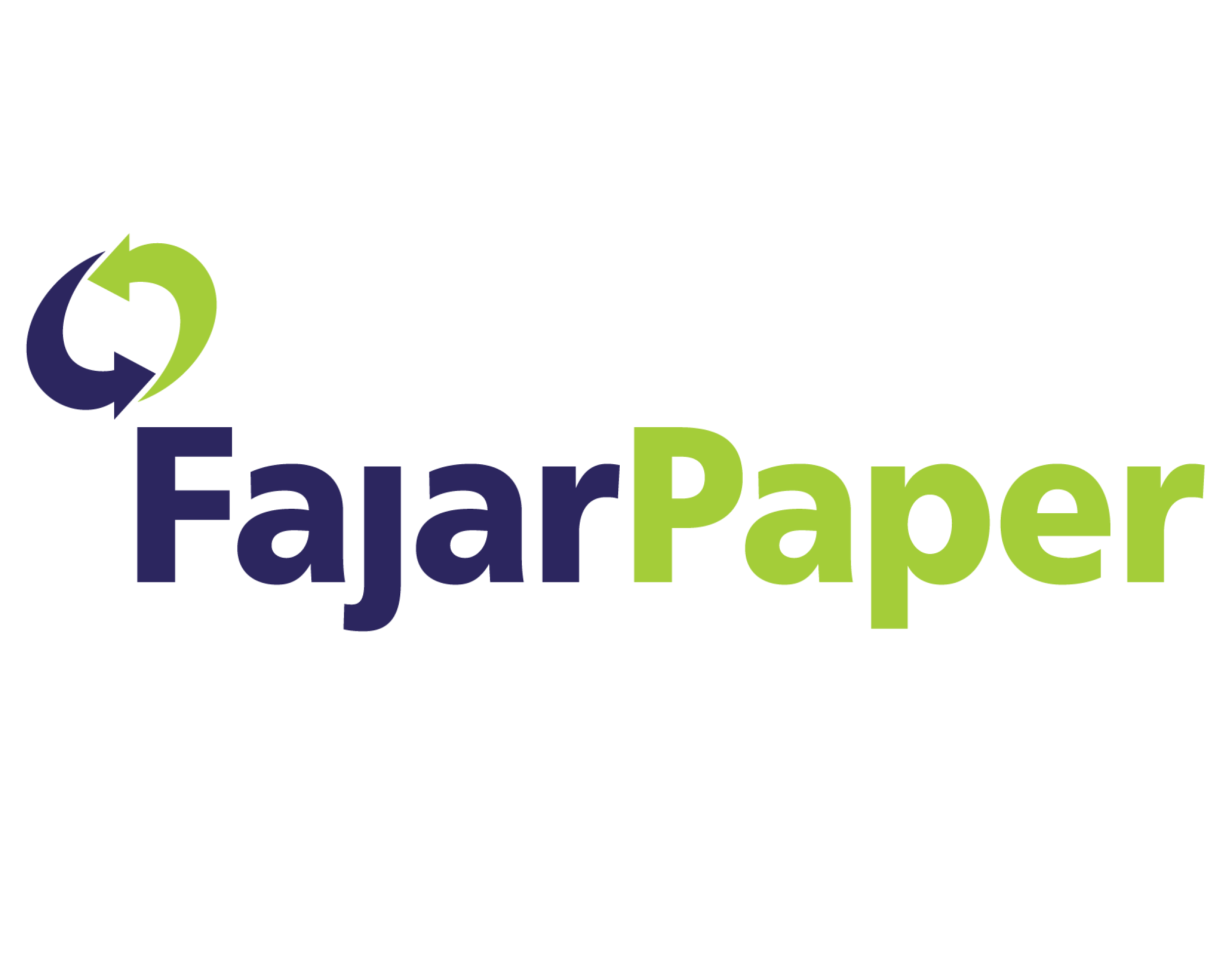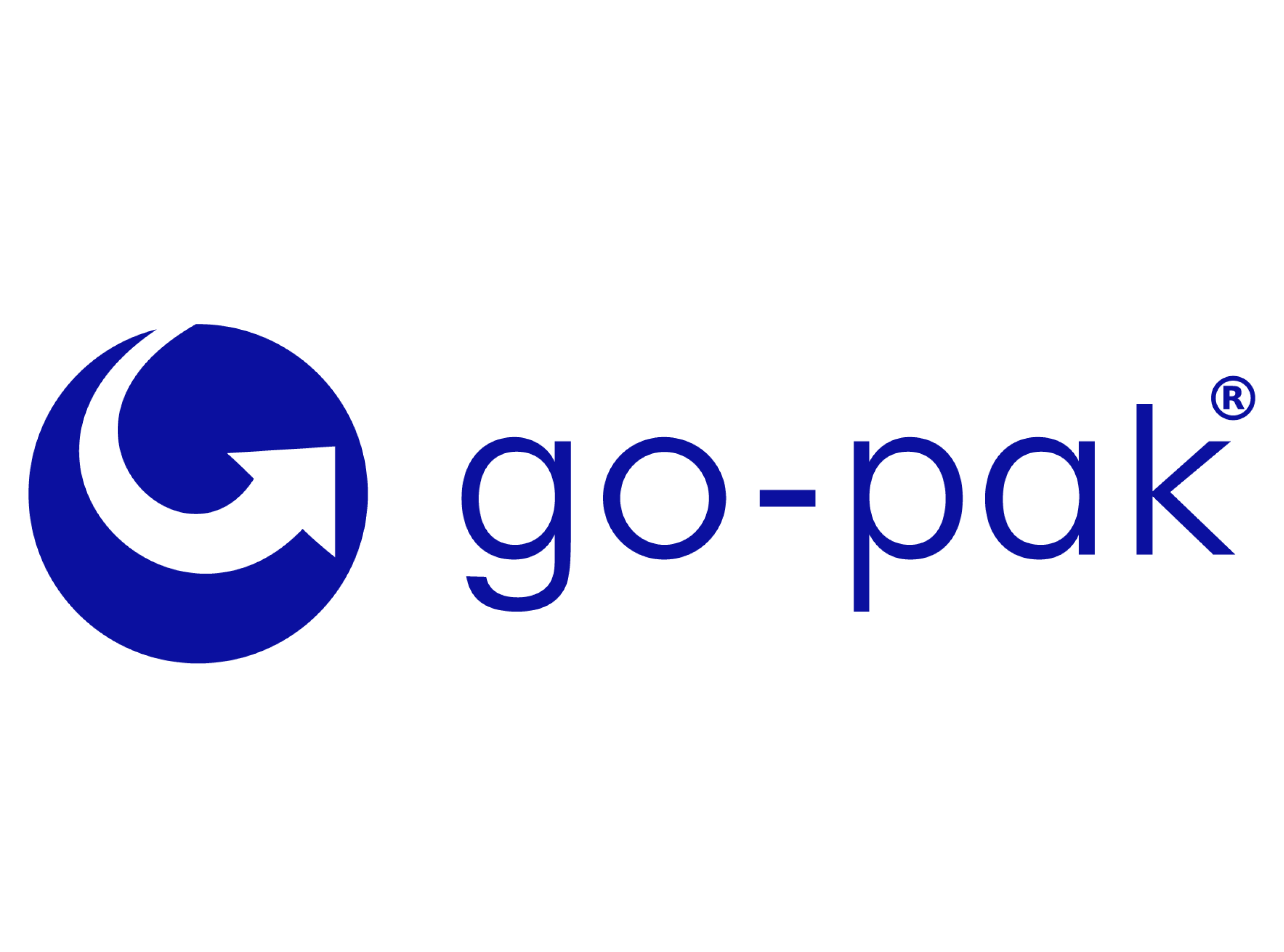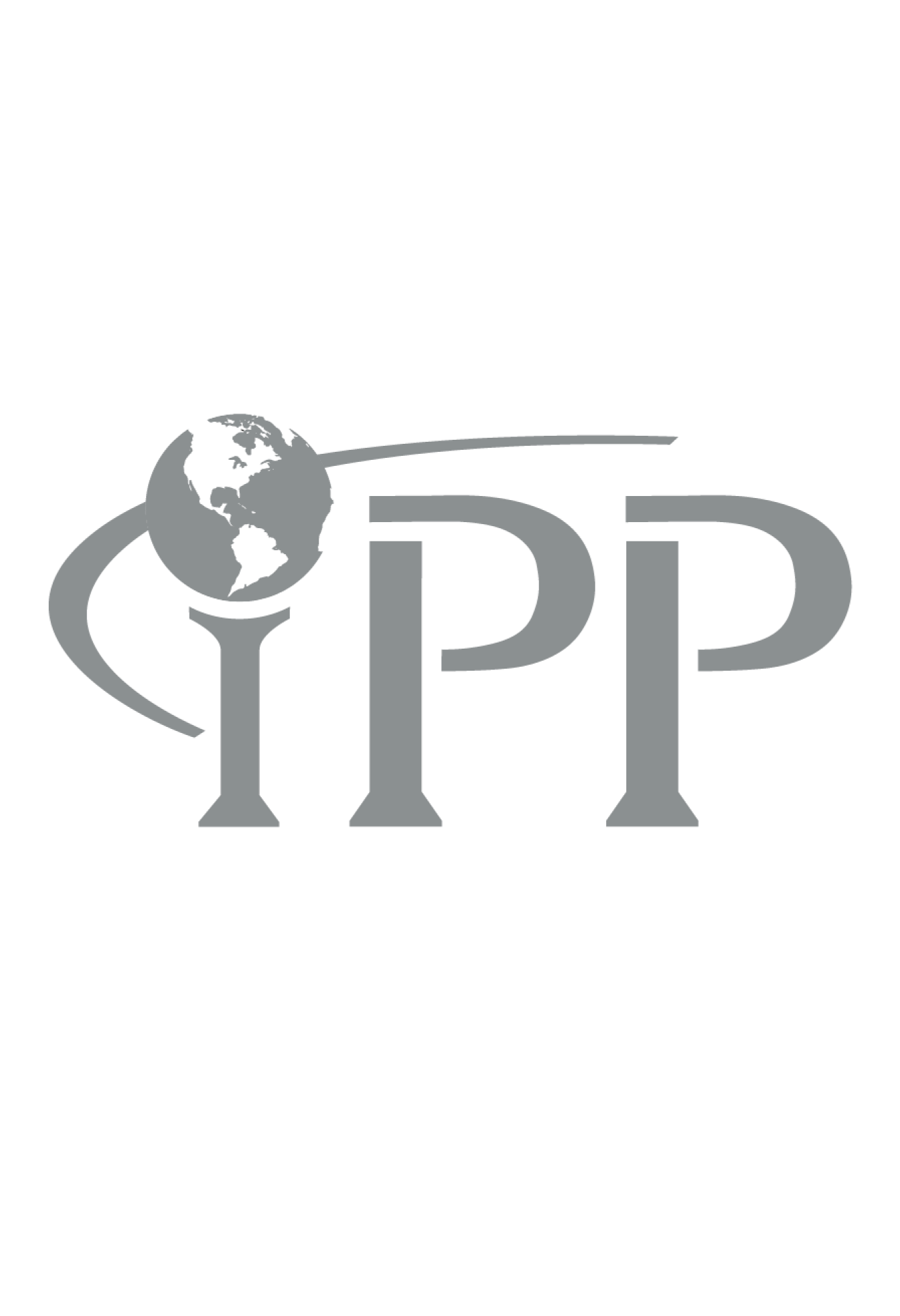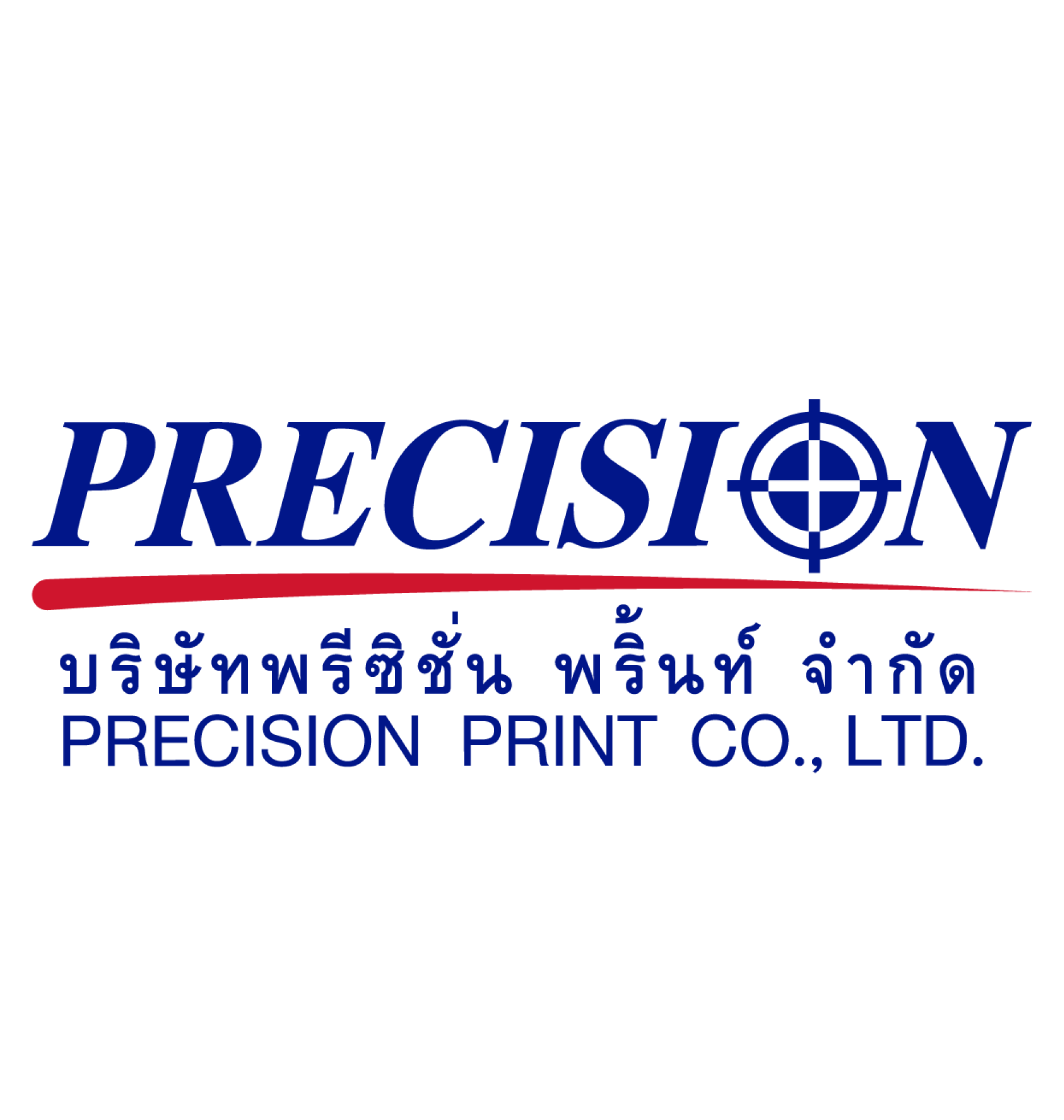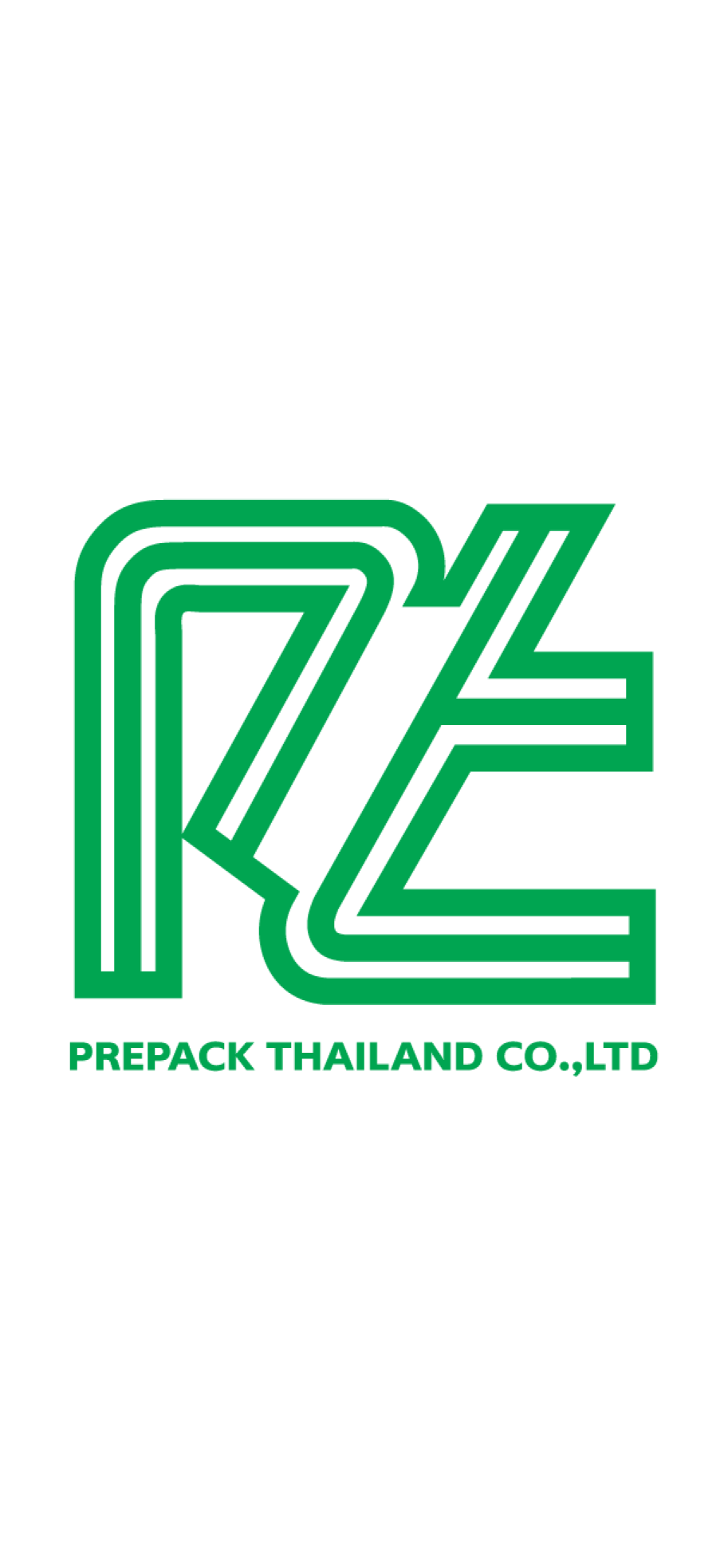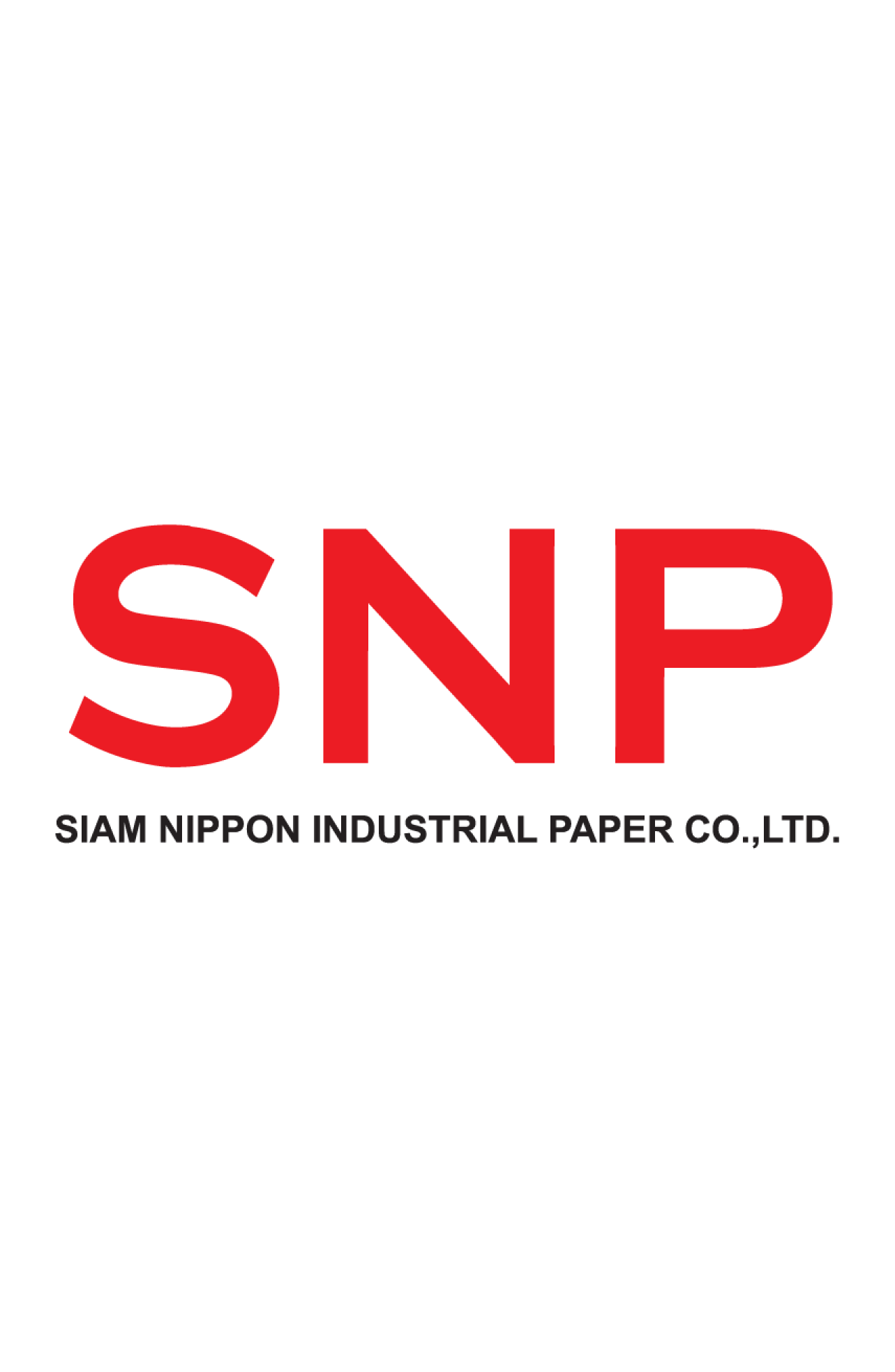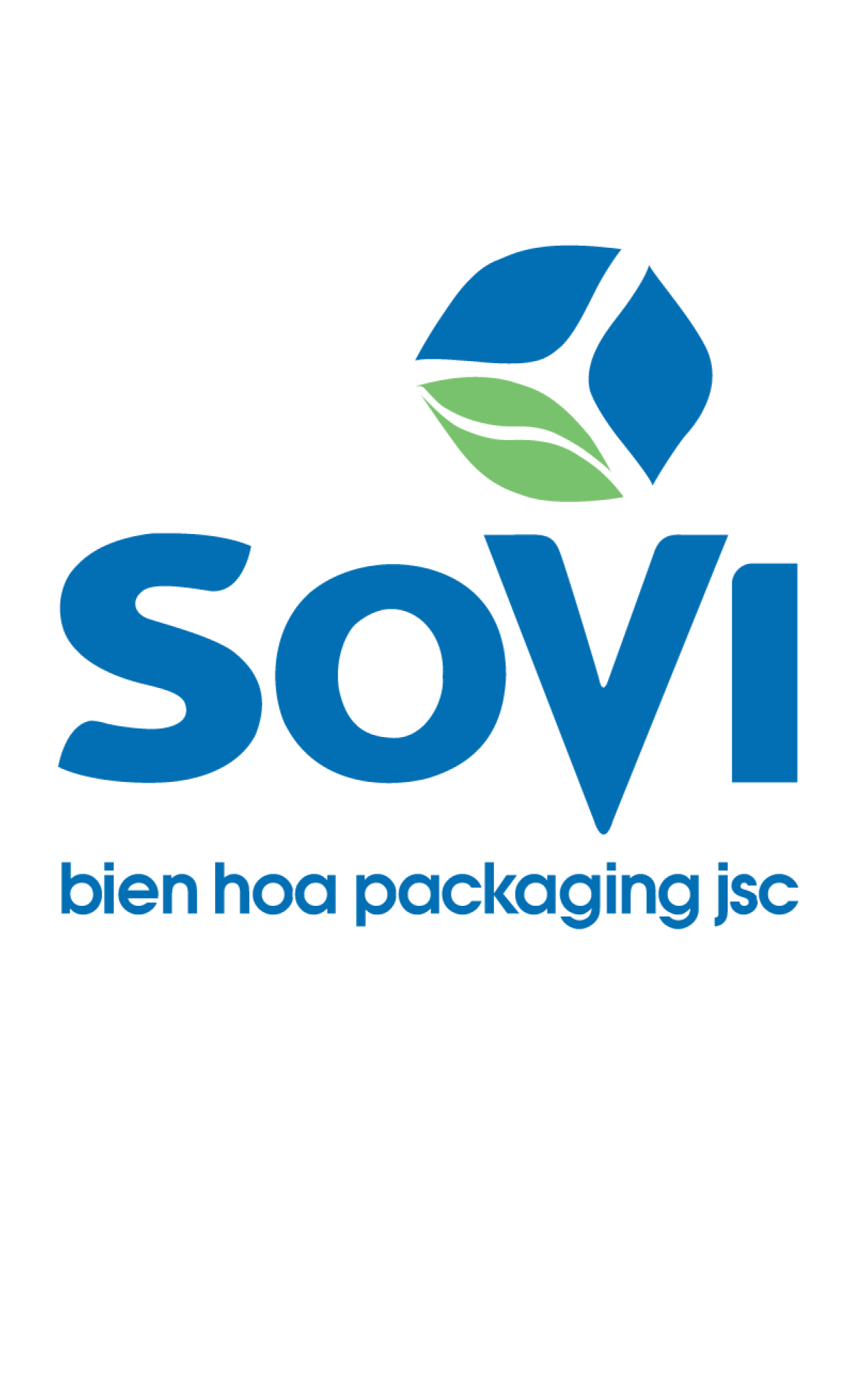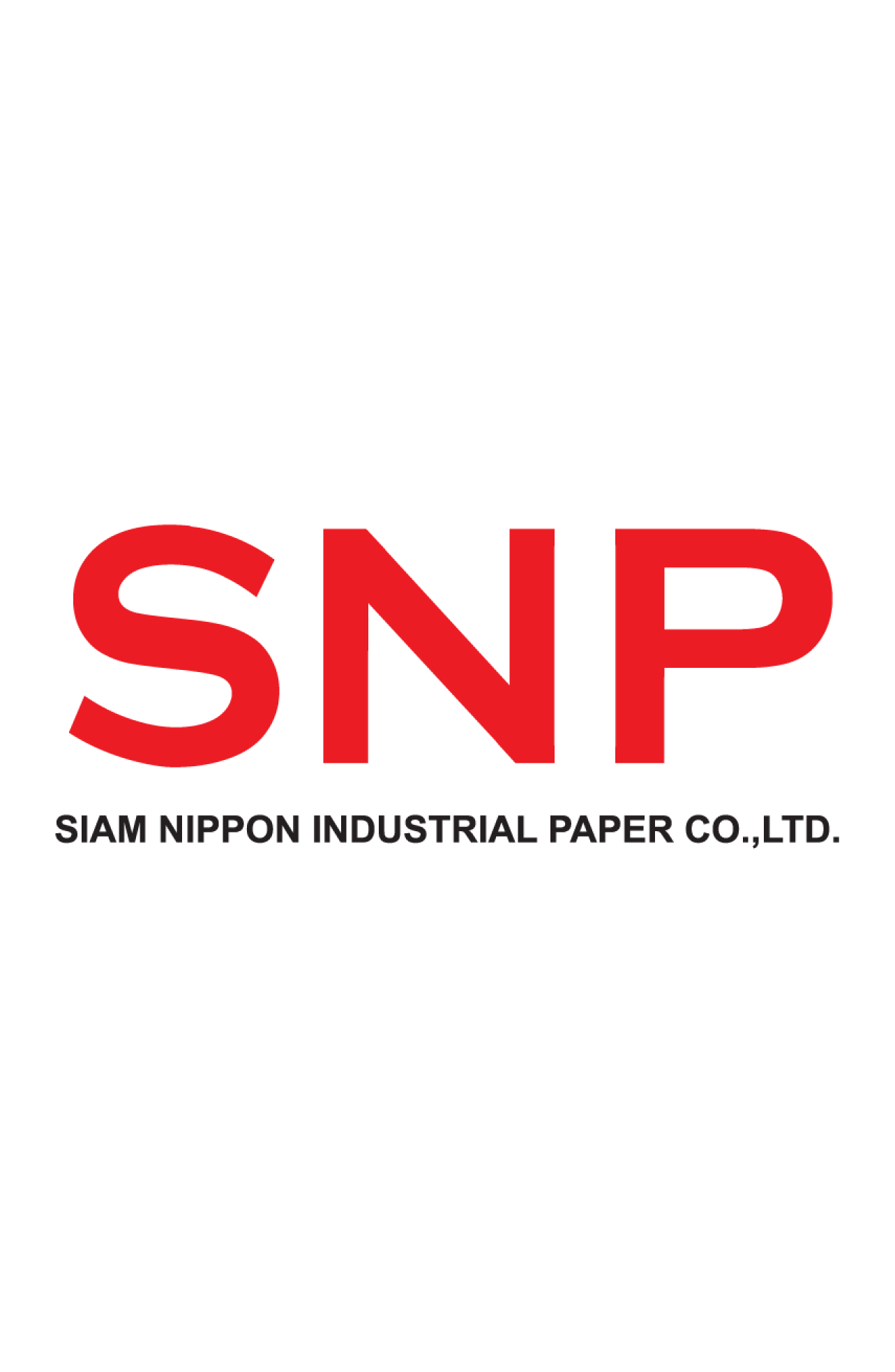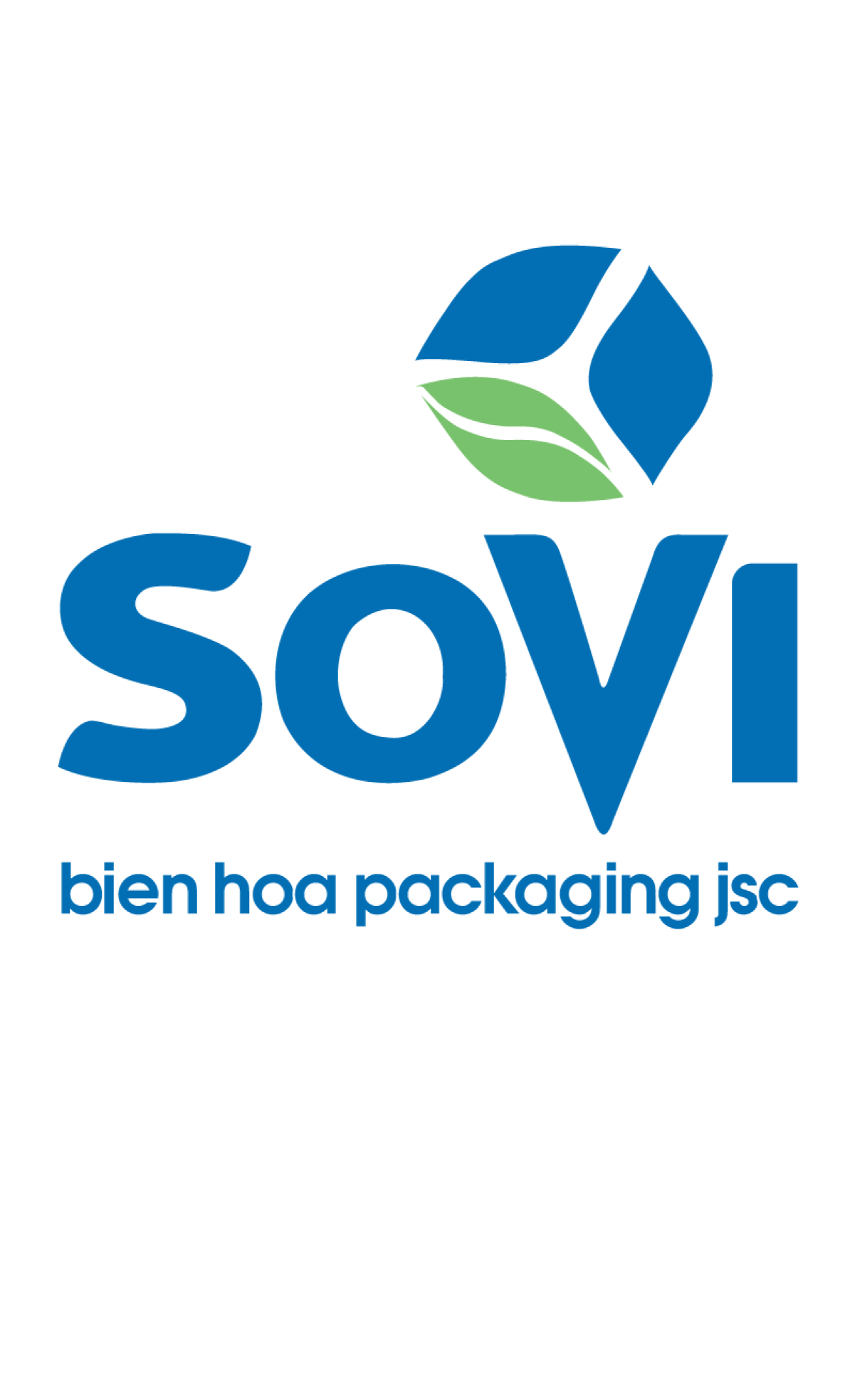Jittaya Buamuenvai
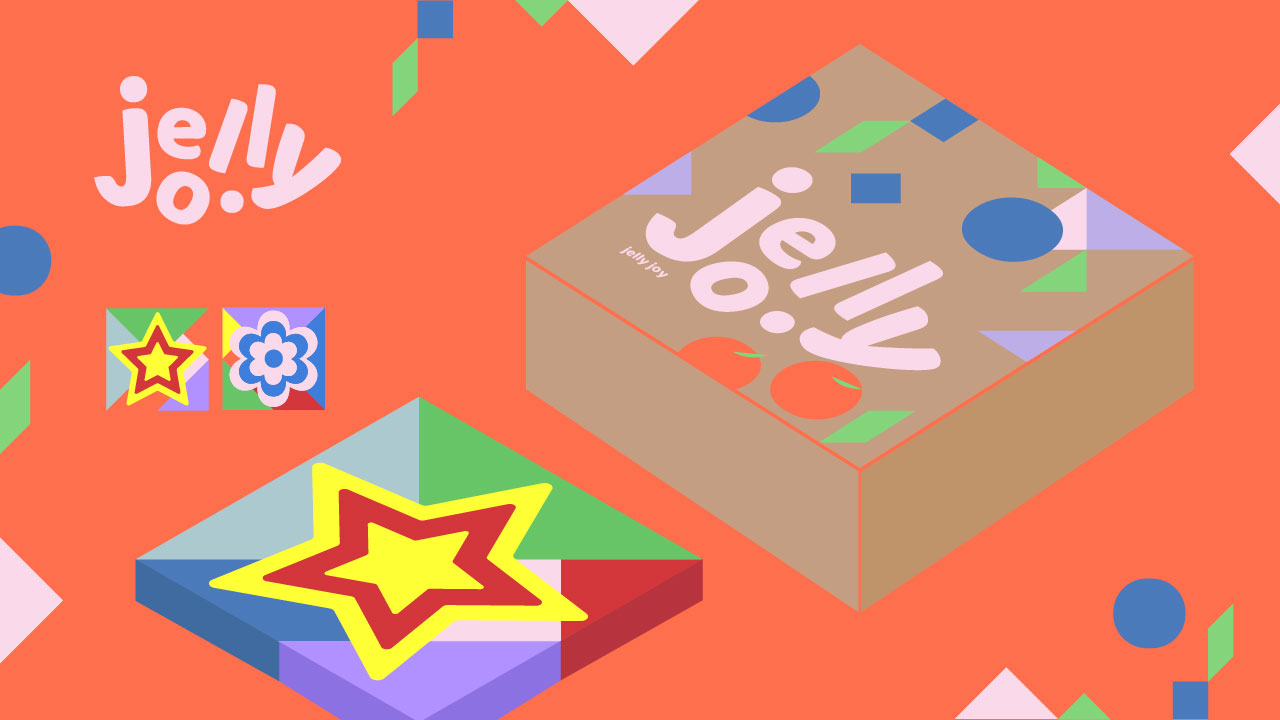
Team : Jellyjoy
Member
Ms Jittaya Buamuenvai
Brand Development
1.SWOT Analysis
Strengths
- The use of tangram, a colorful geometric shape, creates a distinct and visually appealing product that is easily recognizable by children.
- Directly targeting the children’s market, which has a high growth potential.
Weaknesses
- The complexity of packaging production; using tangram may complicate the printing process and could result in higher costs compared to simpler designs.
- Difficulty in reaching a wider customer base due to the brand focusing on a specific niche market.
Opportunities
- Expanding the brand into new products. With its creative and unique design, the brand can branch out into other types of children’s products, such as snacks or educational items.
- Collaborating with schools or child development institutions. Since tangram aids in developing thinking skills, the brand could partner with schools to promote itself and create recognition among families with young children.
Threats
- The market for children’s snacks is highly competitive, with many brands having larger advertising and marketing budgets, which may require JellyJoy to adopt strategies for long-term competition.
2. Brand Development Goals
- Focus on building the brand through marketing directed at parents and children, particularly promoting creativity and fun in learning through the tangram packaging.
- Establish a good relationship between the brand and customers through activities or campaigns that promote skill development in children, such as creative workshops.
- Diversify products to make JellyJoy not just a jelly brand for kids but also expand into other snacks that are linked to child development.
3. Target Group
Demographic Variables
- Male/Female, aged 27-35, with children aged 3-5 years.
- Monthly income of 200,000 THB, self-employed.
- Work and home located in Bangkok, raising children independently.
Psychographic Variables
- Parents who enjoy fun and playfulness.
- Individuals who care about parenting.
4. Designing Environmentally-Friendly Packaging
- JellyJoy’s packaging will use easily recyclable materials, such as recycled paper or eco-friendly plastics.
- Packaging will be designed for reuse; for example, a cardboard box that can be transformed into a tangram toy.
- Reduce single-use plastic by emphasizing paper packaging or biodegradable plastics that can decompose naturally.
- Support environmental conservation through JellyJoy by donating a portion of profits to environmental projects, such as tree planting, ocean conservation, or community waste reduction initiatives.
5. Marketing Activities and Brand Development through Packaging
- Utilize social media platforms like TikTok and Instagram, which are currently popular.
6. Market Measurement and Brand Feedback
- Conduct interviews with samples to understand feelings and opinions.
- Provide samples for children in the target age group to play with, in order to assess the product's practicality.
Logo
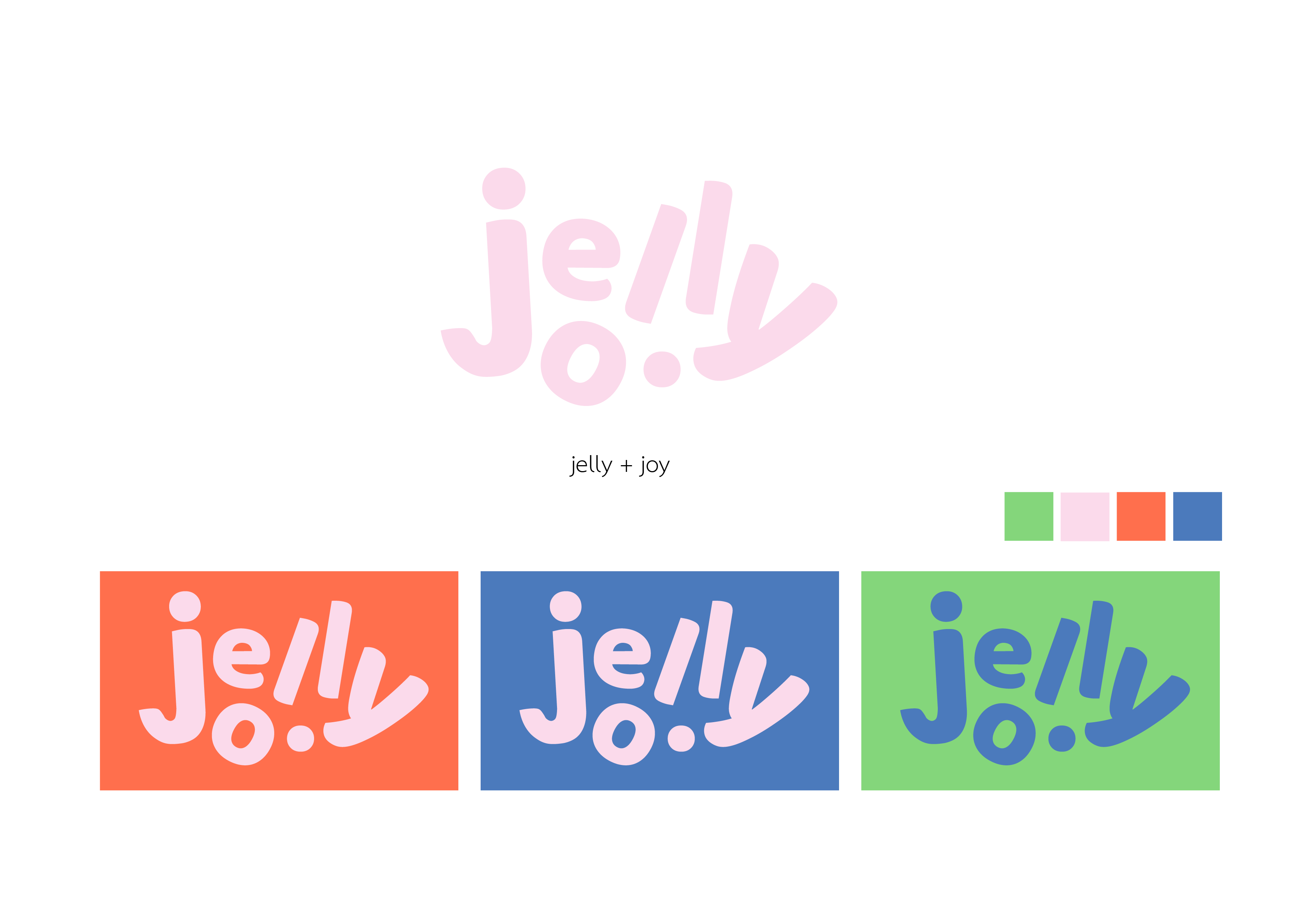
Packaging
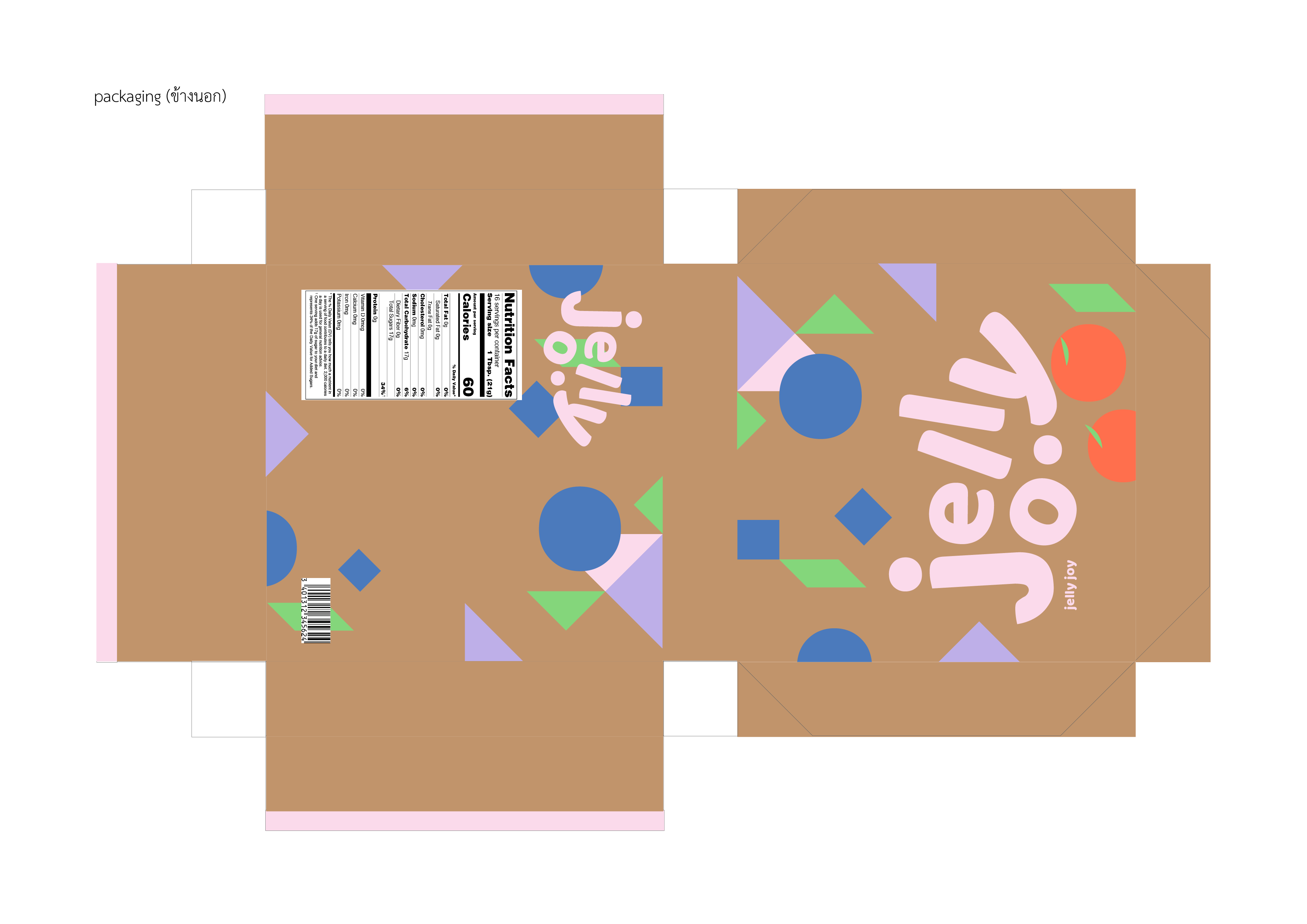
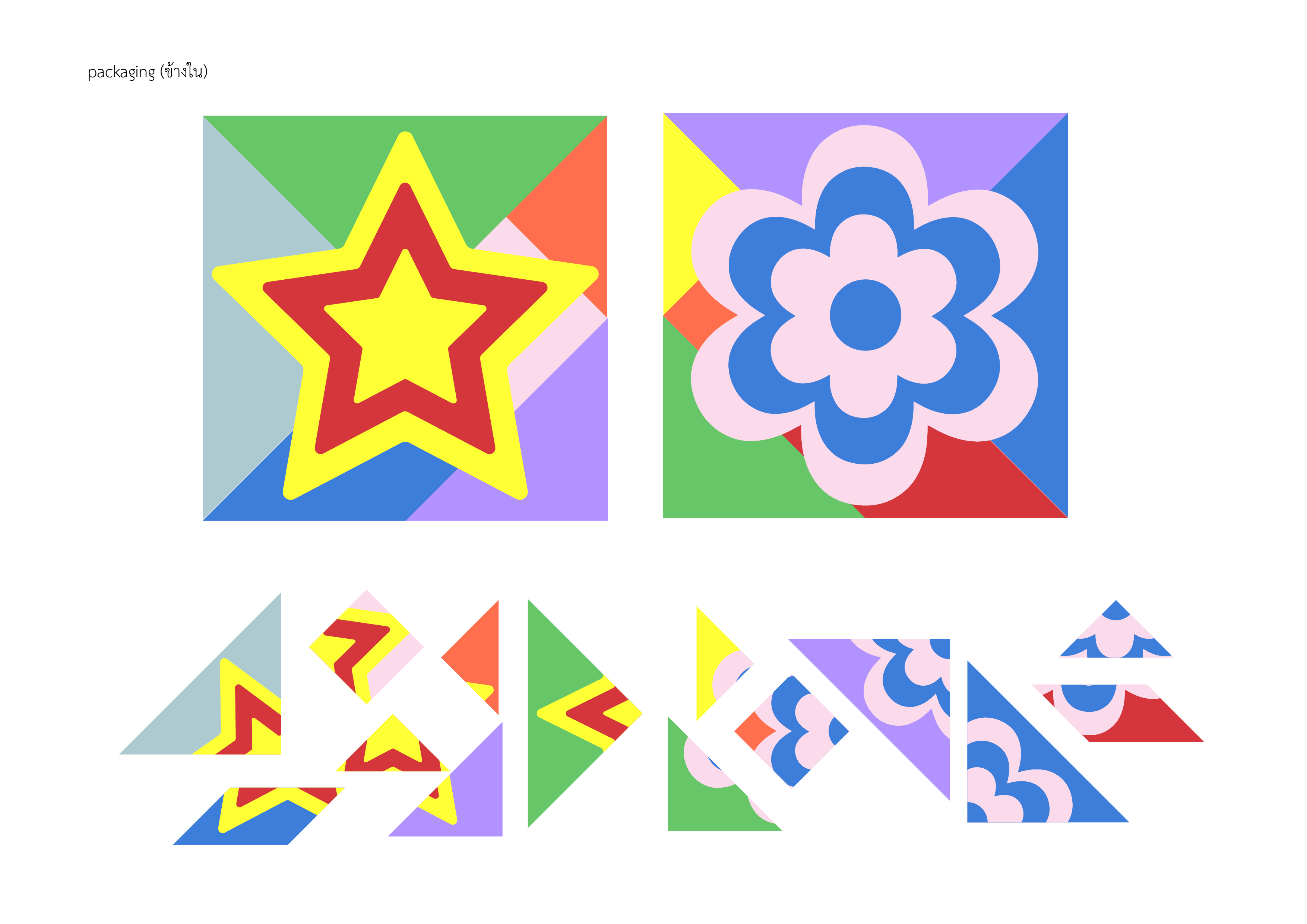

Packaging





